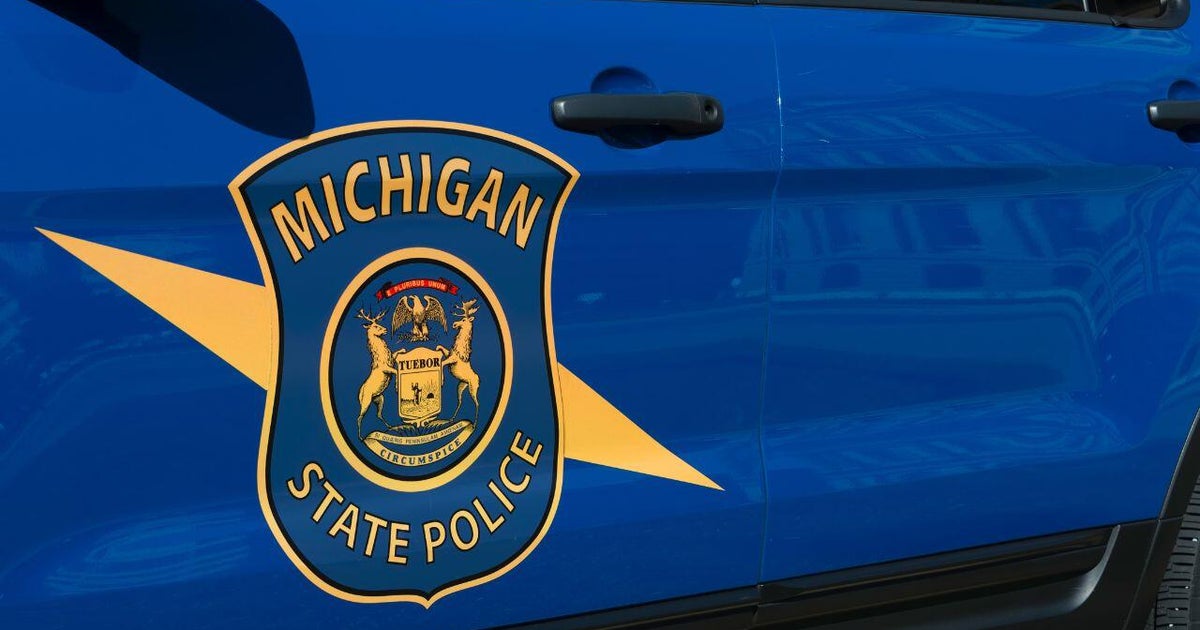If you see a spotted lanternfly, Michigan officials say to squish it and report it
(CBS DETROIT) - Michigan officials say the invasive spotted lanternfly is out, and they urge residents to squish it and report it.
The insect can likely be seen during the late summer to early fall, according to a press release. It spreads to different locations by hitchhiking or laying eggs on cars and equipment that travel through infested areas.
Officials say the bug feeds on more than 70 different plants, including grape vines and hardwood trees. It can also suck sap from host plants and produce large amounts of a sticky liquid that kills plants and foul surfaces.
It's why the Michigan Invasive Species program launched its new campaign, "See it. Squish it. Report."
"We've heard reports of spotted lanternflies swarming New York City and covering beaches on the Jersey Shore. We'd like to prevent similar scenarios in Michigan," said Rob Miller, invasive species prevention and response specialist with the Department of Agriculture and Rural Development (MDARD). "Everyone can help by looking for spotted lanternfly and reporting suspected sightings."
Miller says after squishing the bug, residents should take a picture and report it to the Eyes in the Field reporting system.
"It's important to get to know what the spotted lanternfly looks like, though, because we don't want to target harmless native insects with pretty wings," he said.
Officials say there is one confirmed population of the spotted lanternfly at a county-owned parcel in Pontiac. The site is managed by Oakland County, MDARD, Michigan State University, and the U.S. Department of Agriculture's Animal and Plant Health Inspection Service.
How to find a spotted lanternfly:
- Adults are roughly 1 inch long. Their folded wings are gray to brown with black spots. Open wings reveal a yellow and black abdomen and bright red hind wings with black spots, transitioning to black and white bands at the edge. Most visible from August through October.
- Egg masses resemble old chewing gum with a gray, waxy, putty-like coating. Hatched eggs appear as brownish, seed-like deposits. Most visible from September through May.
- Nymphs are about one-fourth inch to one-half inch long. They are wingless and beetle-like, first appearing black with white spots and developing red patches as they mature. Most visible from May through September.
To better identify spotted lanternfly life stages and rule out look-alikes, visit the spotted lanternfly look-alike page.
State officials say as residents watch for the bug, they urge them to be aware of look-alikes:
- Several native moth species have red underwings, but their upper wings are striped or mottled.
- Some insects have spotted wings that are translucent or differ in color from spotted lanternfly adults.
- Common insects, including boxelder bugs and red milkweed beetles, have similar colors and patterns as spotted lanternfly nymphs, but their shapes are distinct.
More information on the spotted lanternfly, including identification, look-alike species and how to report, visit Michigan.gov/SpottedLanternfly.








